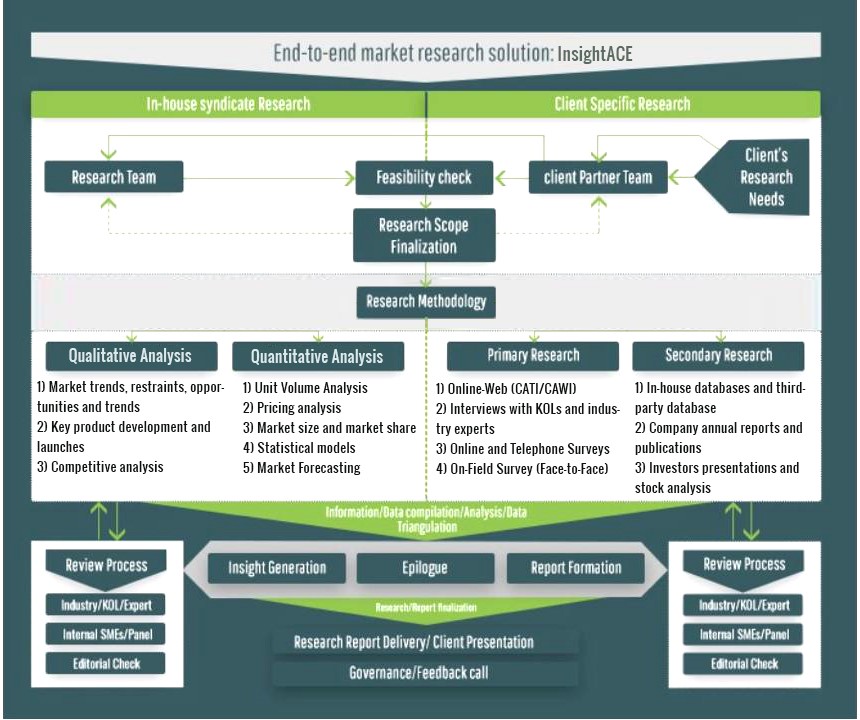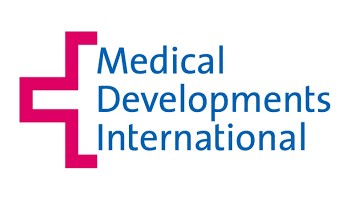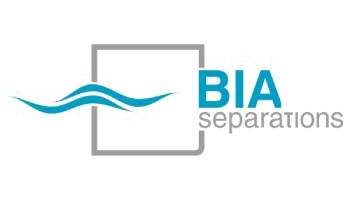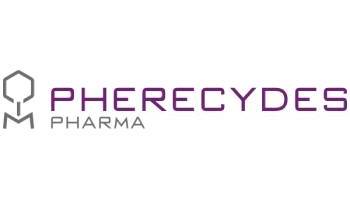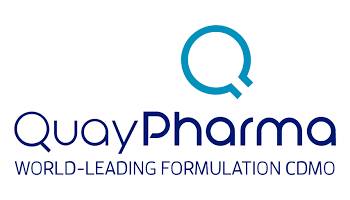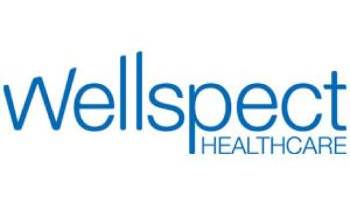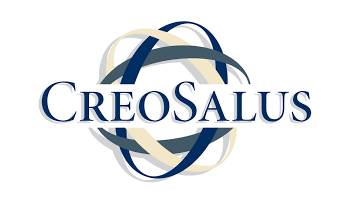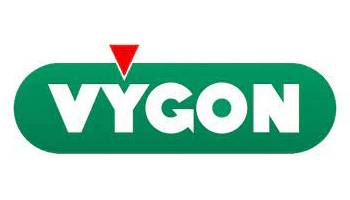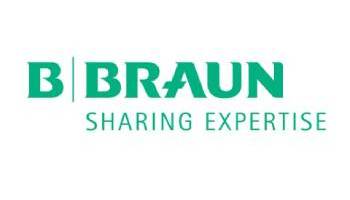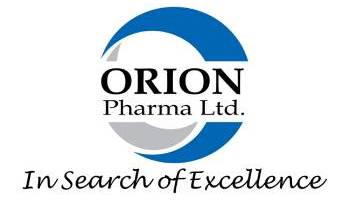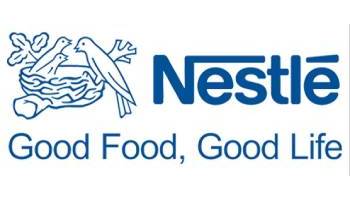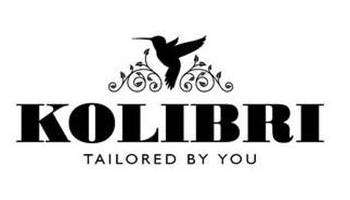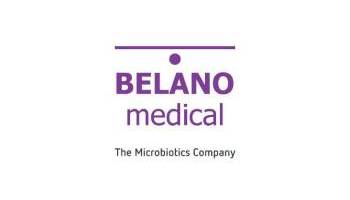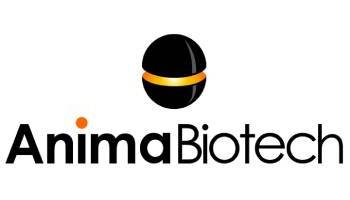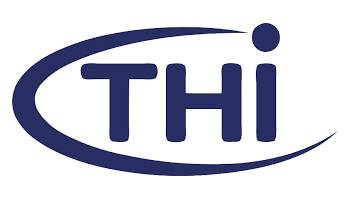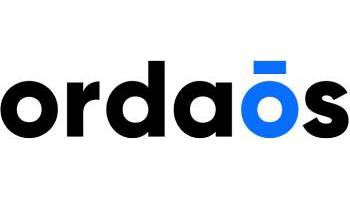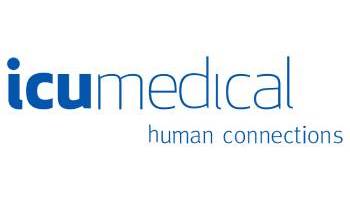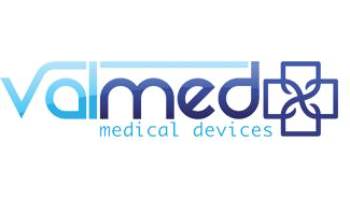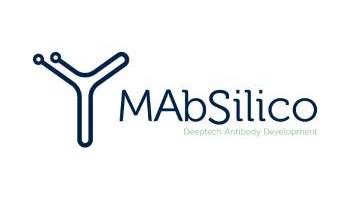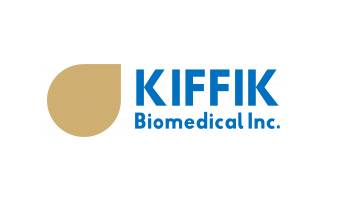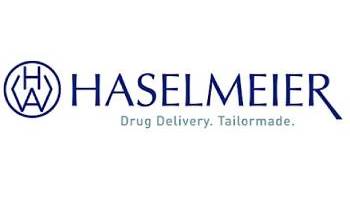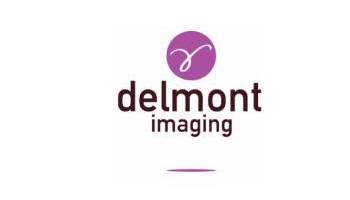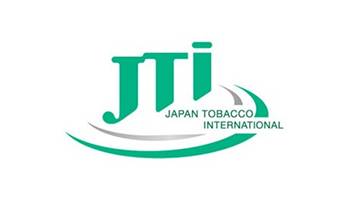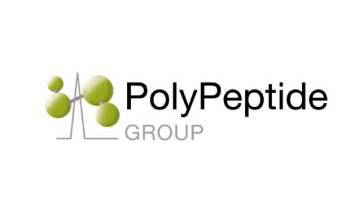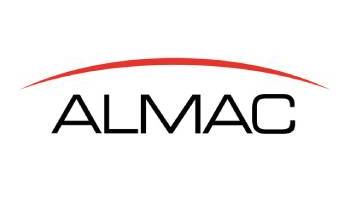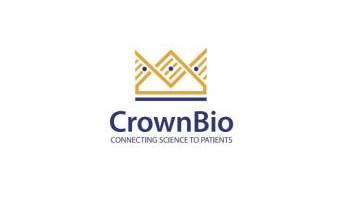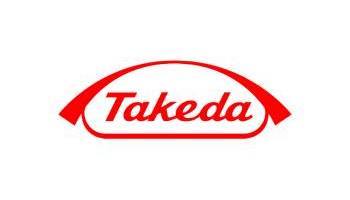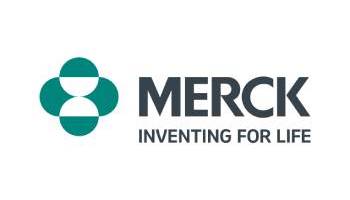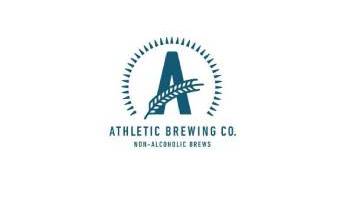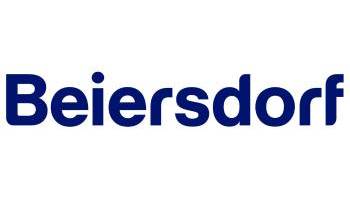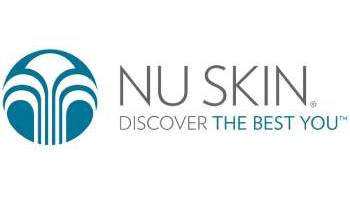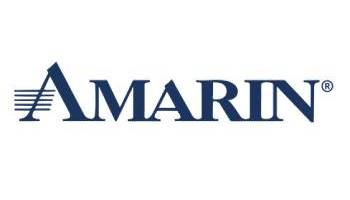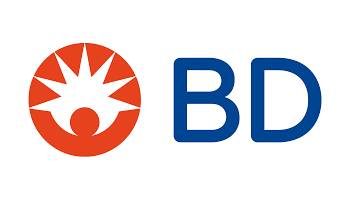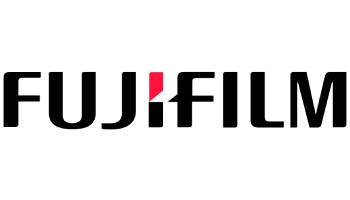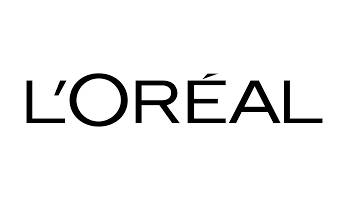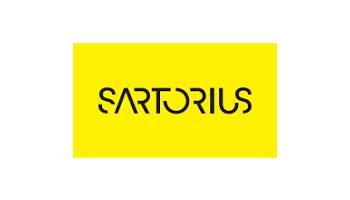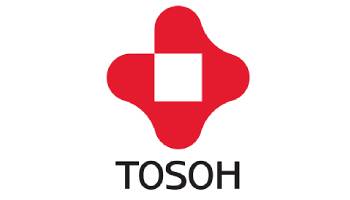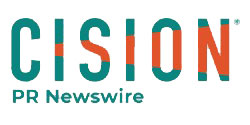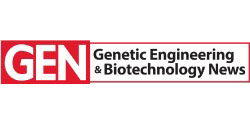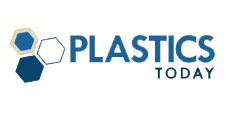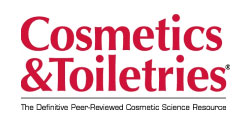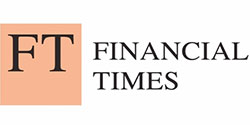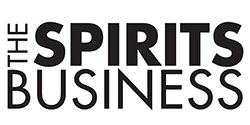Non-Viral Transfection Reagents Market Size is valued at USD 649.1 Mn in 2023 and is predicted to reach USD 1,157.5 Mn by the year 2031 at an 7.7% CAGR during the forecast period for 2024-2031.
Non-viral transfection reagents represent a significant advancement in genetic manipulation techniques, offering researchers a diverse toolkit for delivering genetic material into cells. Among the several types of non-viral reagents, lipid-based formulations stand out for their ability to efficiently encapsulate nucleic acids within lipid nanoparticles. This encapsulation shields the genetic material from degradation and facilitates its uptake by cells, leading to higher transfection efficiencies. Additionally, lipid-based reagents are known for their biocompatibility and low immunogenicity, minimizing the risk of adverse reactions, and making them suitable for a wide spectrum of applications in both research and therapeutic settings.
Another notable category of non-viral transfection reagents is polymer-based formulations, such as polyethyleneimine (PEI) and polylysine. These polymers can form complexes with nucleic acids through electrostatic interactions, enabling efficient delivery into target cells. Polymer-based reagents offer advantages such as tunable properties, allowing researchers to optimize transfection conditions for specific cell types or experimental requirements.
A key driver for the expansion of the non-viral transfection reagents market is the growing interest in nucleic acid-based therapies. These therapies are pivotal in treating various diseases and hinge on the adept delivery of genetic material into cells. Their efficacy in this realm underscores their indispensable role in advancing advancements in gene therapy and gene editing applications. This escalating demand underscores the pivotal role non-viral transfection reagents play in catalyzing the evolution of these transformative treatments.
Competitive Landscape
Some of the Key Players in Non-Viral Transfection Reagents Market:
- Altogen Biosystems
- Altogen Biosystems
- BEX
- Bio-Rad Laboratories
- BTX
- Celsion
- Genlantis (now part of Rockland Immunochemicals
- Genprex
- Imunon (Formerly known as Celsion)
- Inovio Pharmaceuticals
- Lonza Group,
- MaxCyte
- MilliporeSigma
- Mirus Bio LLC
- Nepa Gene
- OZ Biosciences
- Polyplus-Transfection SA.
- Promega Corporation
- Qiagen
- Sigma-Aldrich (now part of Merck)
- Takara Bio
- Thermo Fisher Scientific (TFS)
- Other Prominent Players
Market Segmentation:
The non-viral transfection reagents market is segmented based on the type of non-viral transfection system, area of application and end user. By type of non-viral transfection system market is segmented into non-viral transfection reagents (chemical and physical), electroporation-based transfection systems, and other non-viral transfection systems. By area of application, the market is segmented into clinical and research applications. End user market is categorized into academic and research institutions, pharmaceutical companies, and other end-users.
Clinical Applications is Expected to Drive the Non-Viral Transfection Reagents Market in the Upcoming Years.
The Clinical Applications segment is the driving force behind the growth of the Non-Viral Transfection Reagents Market. This surge is propelled by the escalating demand for gene therapy and the urgent need for safer, more controlled methods of gene delivery in clinical settings. Gene therapy is increasingly favored as a treatment modality for genetic disorders, cancer, and numerous other diseases. Within this realm, non-viral transfection reagents play a pivotal role, facilitating the successful delivery of therapeutic genes into target cells. This segment prioritizes the critical safety, efficacy, and precision requirements demanded by clinical applications. Compared to viral vectors, non-viral transfection reagents offer distinct advantages, including enhanced safety profiles devoid of viral vector-associated immune responses or insertional mutagenesis risks, making them indispensable for clinical use.
The Pharmaceutical Companies Segment is Growing at the Highest Rate in the Non-Viral Transfection Reagents Market.
Due to several key factors, the Pharmaceutical Companies segment is witnessing significant growth within the Non-Viral Transfection Reagents Market. These companies increasingly turn to non-viral transfection reagents for drug discovery and development, primarily driven by their regulatory benefits, cost-efficiency, scalability, and experimental design flexibility. Non-viral transfection reagents offer regulatory advantages, making them indispensable tools in pharmaceutical research and development. Additionally, their cost-effectiveness compared to viral vectors and ease of scalability for large-scale production further attract pharmaceutical companies. Moreover, the flexibility in experimental design afforded by non-viral transfection reagents allows these companies to tailor their research and development processes to meet specific requirements, thereby driving their adoption and contributing to the segment's significant growth within the market.
Regionally, Asia Pacific Led the Non-Viral Transfection Reagents Market.
The Asia Pacific region is experiencing a surge in the demand for non-viral transfection reagents, led by the rapid expansion of its biotechnology and pharmaceutical industries. With numerous companies actively developing and commercialising these reagents, the region's industry growth is palpable. Moreover, the burgeoning demand for gene therapy and RNA-based therapeutics further fuels this expansion, as these therapies heavily rely on efficient and safe delivery systems provided by non-viral transfection reagents. Additionally, Asia Pacific stands at the forefront of gene editing and gene therapy research.
Recent Developments:
- In May 2024, MilliporeSigma, the U.S. and Canada Life Science division of Merck KGaA, Darmstadt, Germany, has finalized a deal to acquire Mirus Bio for $600 million. Mirus Bio, a subsidiary of Gamma Biosciences specializes in the research and distribution of transfection reagents, including TransIT-VirusGEN. These reagents are instrumental in the manufacturing process of gene therapies based on viral vectors. This acquisition underscores MilliporeSigma's commitment to advancing innovation in the life sciences sector, particularly in the critical field of gene therapy production.
Non-Viral Transfection Reagents Market Report Scope
|
Report Attribute |
Specifications |
|
Market Size Value In 2023 |
USD 649.1 Mn |
|
Revenue Forecast In 2031 |
USD 1,157.5 Mn |
|
Growth Rate CAGR |
CAGR of 7.7% from 2024 to 2031 |
|
Quantitative Units |
Representation of revenue in US$ Mn and CAGR from 2024 to 2031 |
|
Historic Year |
2019 to 2023 |
|
Forecast Year |
2024-2031 |
|
Report Coverage |
The forecast of revenue, the position of the company, the competitive market structure, growth prospects, and trends |
|
Segments Covered |
By Type of Non-Viral Transfection System, Area of Application, End User |
|
Regional Scope |
North America; Europe; Asia Pacific; Latin America; Middle East & Africa |
|
Country Scope |
U.S.; Canada; U.K.; Germany; China; India; Japan; Brazil; Mexico; The UK; France; Italy; Spain; China; Japan; India; South Korea; Southeast Asia; South Korea; Southeast Asia |
|
Competitive Landscape |
Altogen Biosystems, Bio-Rad Laboratories, BEX, BTX, Celsion, Genprex, Inovio Pharmaceuticals, MaxCyte, MilliporeSigma, Nepa Gene, OZ Biosciences, Thermo Fisher Scientific, Other Prominent Players |
|
Customization Scope |
Free customization report with the procurement of the report, Modifications to the regional and segment scope. Geographic competitive landscape. |
|
Pricing and Available Payment Methods |
Explore pricing alternatives that are customized to your particular study requirements. |







